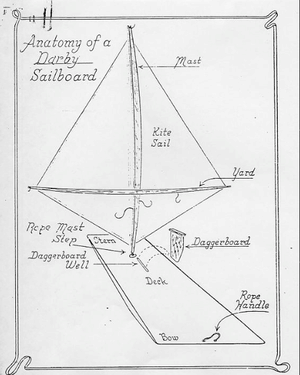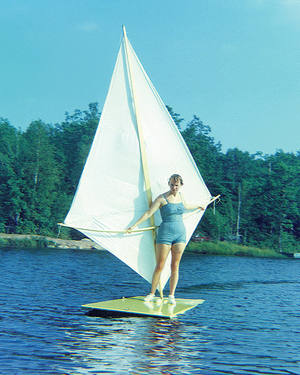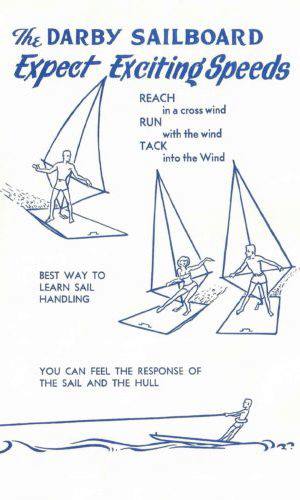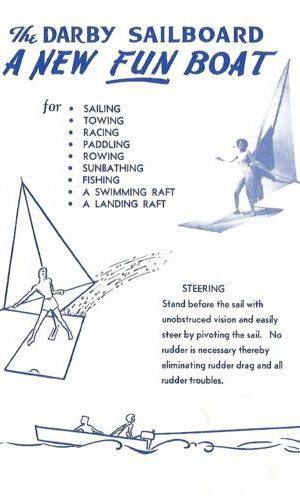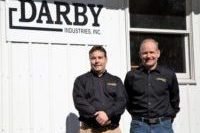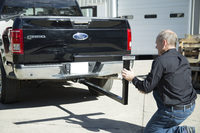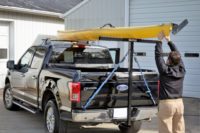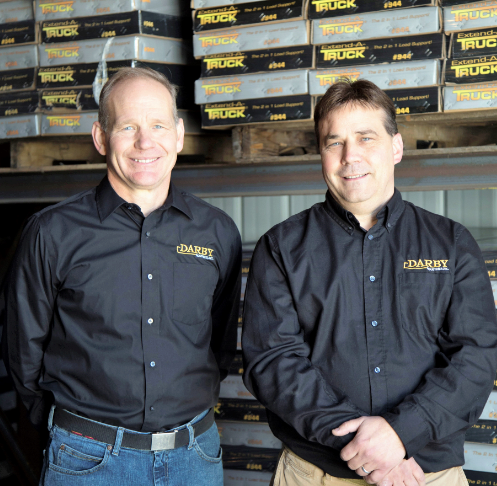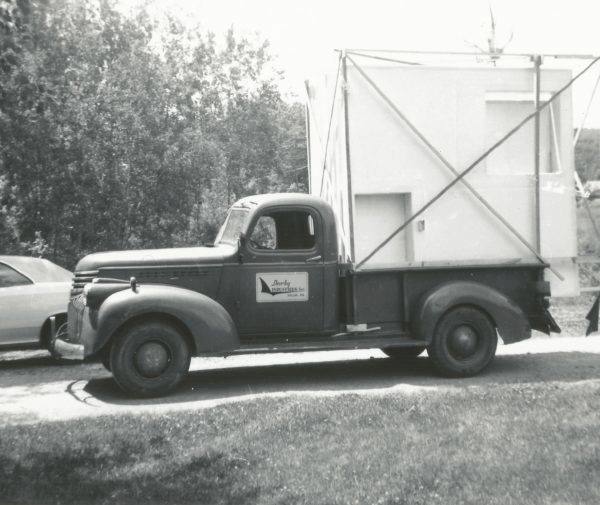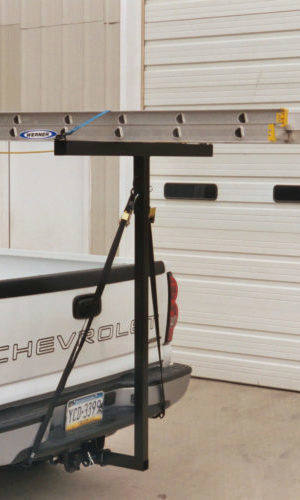First Boat
Uncle Newman Darby sank his first boat at age 12. Not surprising for a young boy. Until you consider that he also built the boat! And while most would chalk it up as simple bad luck, for Newman it was the siren’s call. Moreover, it began a lifelong affair with boat design, construction, and invention.
Early Years
Newman Darby was born on January 21, 1928 in the borough of West Pittston, Pennsylvania. He showed a passion for boating at a young age. Family jaunts down the Susquehanna River and vacations on the Chesapeake Bay fueled this passion. Newman’s interest only grew. At the age of 14, he built another boat. And this time it worked!
Adulthood
By 25, Newman was working as a commercial sign painter and artist pursuing boat building in his free time. That year, in 1953, he finished his first invention, a folding rowboat called the Darby Dory. He continued to tinker and fine-tune, focusing largely on innovating his personal pontoon catamaran. And innovate he did. Drawing back on discoveries he made as a teenager, Newman operated his boat with a hand-held sail instead of a rudder.



